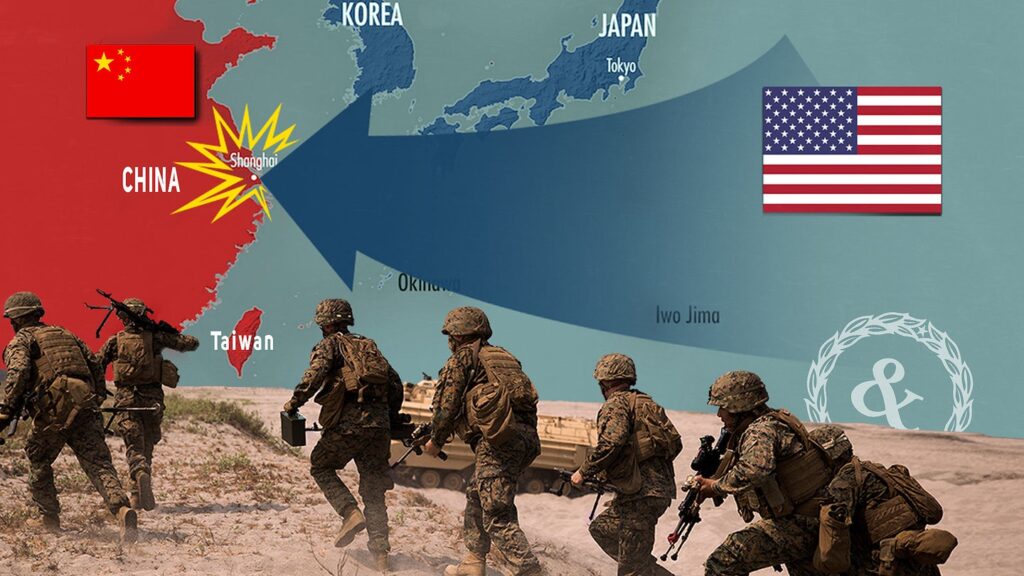The Pacific Island-Hopping Campaign was a crucial military strategy undertaken by the United States during World War II to break Japan’s defensive perimeter in the Pacific. Following the surprise attack on Pearl Harbor, the Japanese Empire rapidly expanded its control over the Pacific, presenting a significant challenge for the United States. The campaign involved a series of amphibious assaults on key Japanese-held islands, bypassing heavily fortified strongholds and capturing strategic islands to serve as forward operating bases for further advances. Notable battles, such as the Battle of Guadalcanal and the Battle of Tarawa, demonstrated the effectiveness of this strategy. The campaign ultimately weakened Japan’s defensive perimeter and paved the way for the eventual defeat of Japan in the Pacific.
The Pacific Island-Hopping Campaign
The Pacific Island-Hopping Campaign was a strategic military operation undertaken by the United States during World War II to break Japan’s defensive perimeter in the Pacific. The campaign involved a series of amphibious assaults on key Japanese-held islands, with the goal of advancing toward Japan’s home islands and ultimately defeating the Japanese Empire.
Background
Following the surprise attack on Pearl Harbor in December 1941, the Japanese Empire rapidly expanded its control over much of the Pacific region. By mid-1942, Japanese forces had established a defensive perimeter that stretched from the Aleutian Islands in the north to the Solomon Islands in the south. This defensive perimeter presented a significant challenge for the United States, as it prevented the direct route to Japan and threatened American interests in the Pacific.
Strategy
The Island-Hopping Campaign was conceived as a way to bypass heavily fortified Japanese strongholds and instead capture key strategic islands that would serve as forward operating bases for further advances. This strategy allowed the United States to avoid direct confrontations with heavily defended Japanese positions and instead focus on isolating and neutralizing key enemy outposts.
Key Battles
One of the most notable battles of the Island-Hopping Campaign was the Battle of Guadalcanal, which began in August 1942. The United States launched a surprise assault on the island of Guadalcanal and, after a protracted and bloody campaign, succeeded in capturing the island from Japanese forces. This victory provided a crucial foothold in the Solomon Islands and marked the beginning of the American advance across the Pacific.
Another key battle was the Battle of Tarawa in November 1943, in which US Marines launched a daring amphibious assault on the heavily fortified island of Tarawa. Despite facing intense resistance from Japanese defenders, the Marines were able to secure the island after three days of intense fighting, demonstrating the effectiveness of the Island-Hopping strategy.
Outcome
The Island-Hopping Campaign proved to be a crucial element in the eventual defeat of Japan in the Pacific. By gradually advancing through key strategic islands, the United States was able to weaken Japan’s defensive perimeter and isolate its remaining forces. This allowed for the eventual capture of the Mariana Islands, which provided crucial air bases for the bombing of Japan’s home islands.
Overall, the Pacific Island-Hopping Campaign demonstrated the effectiveness of strategic planning and amphibious warfare in overcoming heavily fortified enemy positions. It ultimately paved the way for the eventual surrender of Japan and the end of World War II.
